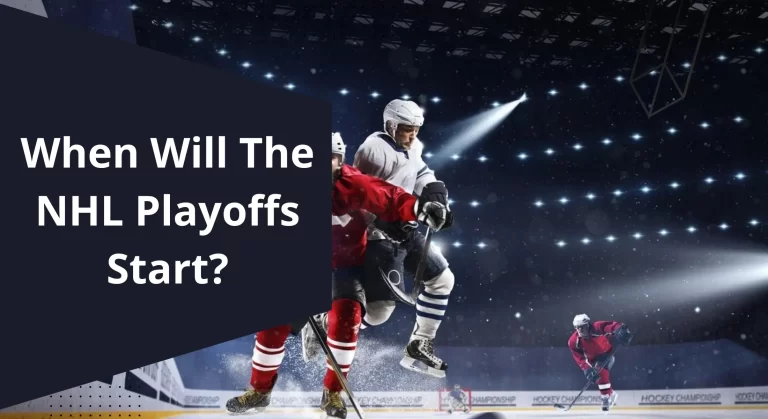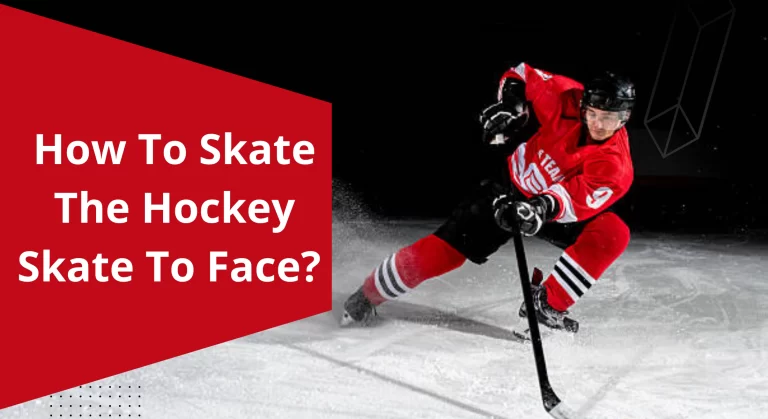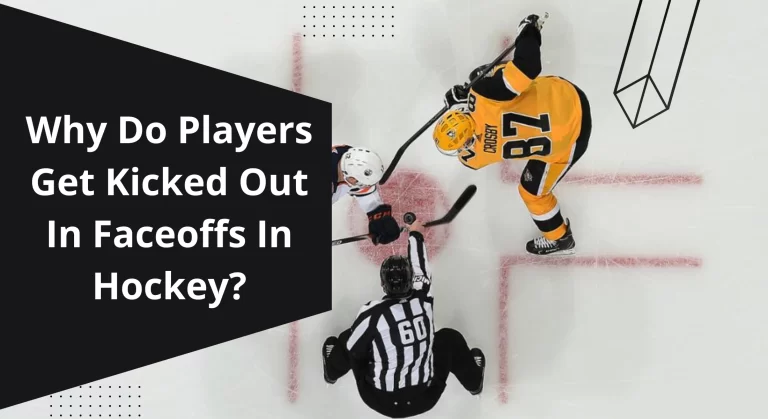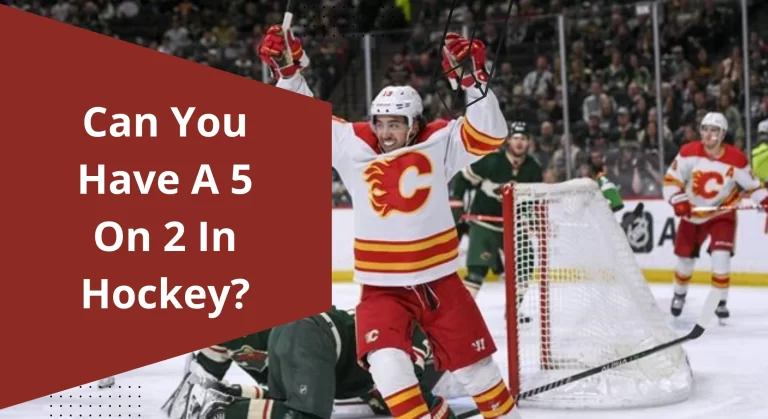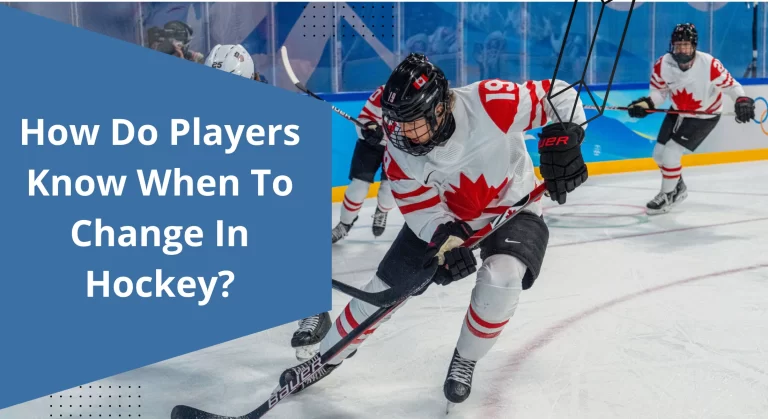What is Icing in Hockey? Guide for Beginners (with Photos!)
If you are a new hockey fan you would be excited to get all the information about the hockey game. We want to acknowledge all the hockey rules to enjoy the game. Some hockey rules are essential to know just like icing.
So, you must be wondering what is icing in hockey. There is a red line to separate the ring for different teams. When a player of (any of the two teams) hit the puck from his side it passes through the red goal line of the opposite team without touching is known as icing.
Icing is one of the rules that is a bit hectic to understand. So, here in this article, we will help you to understand the icing rule better.
Note: If the stick of the skater touches the red line it will not be considered icing hockey. It would be called gaining the line.
What is the Icing Rule in Hockey?
Icing is a penalty that often occurs while playing an icing hockey game. As a result of icing, the game stops completely. After that face-off dot goes to the defensive zone of the team that brings out the icing. A race between the players of both teams starts.

If the player from the same team that hit the puck reaches the puck first and touches it first icing will abandon. Anyhow, if the player from the opposite team touches the puck first icing call will be announced.
Related Post: What is the Red Line in Hockey?
Why was the Icing Rule Introduced?
In 1937, the icing rule was introduced for the first time. This was because whenever an icing hockey team lead they started to hit the puck down the ice at the end of the game. Any of the two teams could shoot the puck to the other side of the red line and waste the time. This moment always remains frustrating for both teams therefore, it becomes important to introduce icing at that time.
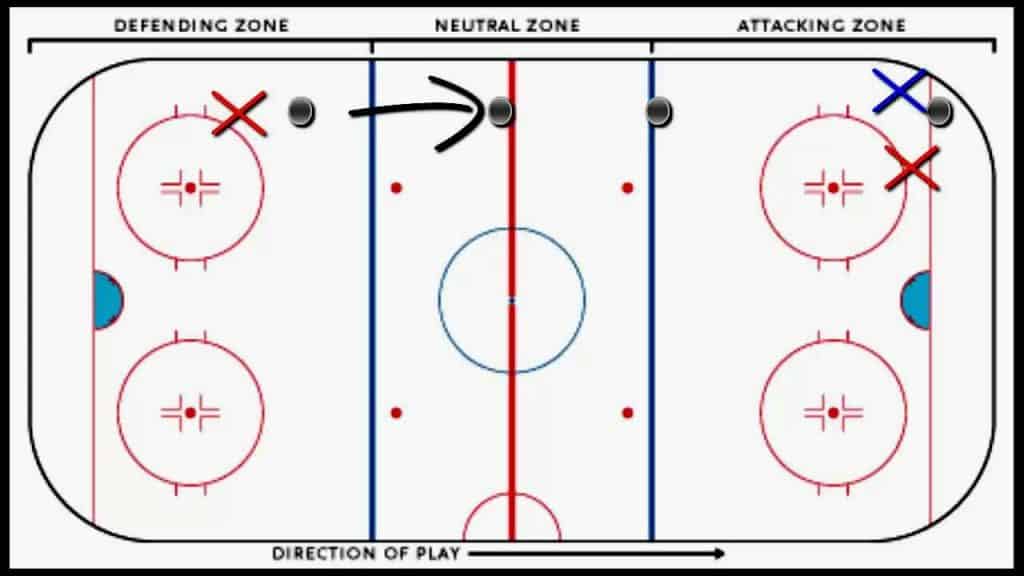
The icing rule was carried out because if any player of a team shoots the puck down the ice and touches it when the puck crosses the goal line, the whole team had to face a penalty. The icing rule was enough to alert the playing teams so that, they do not shoot the puck to the goal line of the other team.
The icing rule proved beneficial because not of the teams wanted to give a winning chance to any other team. This rule also increases the excitement about the game while watching.
Remember The Following Things To Understand Icing Better
- If the puck does not reach the red line once it is hit and does not touch the goal line, then it is not considered icing.
- When the puck is shooted before the redline but it touches the goal line, the lineman can call no icing. He will call icing when he knows that the other team was able to shoot the puck before it crosses the red line.
- A defenceman should always try to pick the puck and continue the game. NHL always wants to decrease the stops during the game and keep the game going without unnecessary stops.
Related Post: What is a Penalty Shot in Hockey?
Types of Icing in an Ice Hockey
Icing rules have various sets that are being used while the game. Three main types of icing rules are touch, no-touch, and hybrid icing. Let’s discuss all these three one by one.
Touch Icing
In touch, icing if the team that shot the puck touches the puck first game will not stop and icing will be waived off. But, if the opposing team touches the puck first the game will stop due to icing. To keep the game going team that hit the puck should touch the puck first.
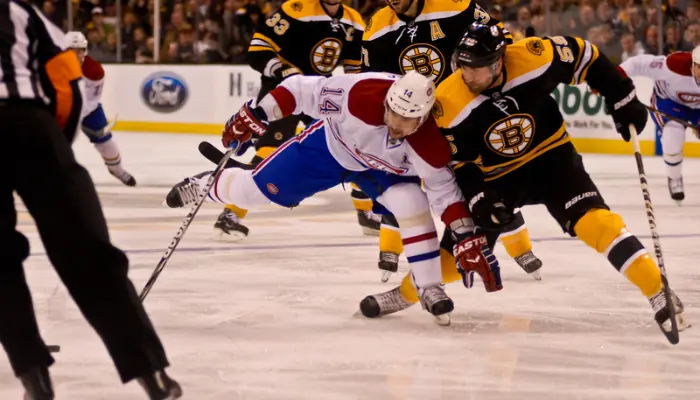
Non-Touch Icing
No-touch icing is being used in international play all over the world. In this type of icing when the puck passes through the goal line of the opposite team, an icing call will be called. Non-icing should be used while ice hockey because it prevents injuries that occur after the race between both teams for the puck.
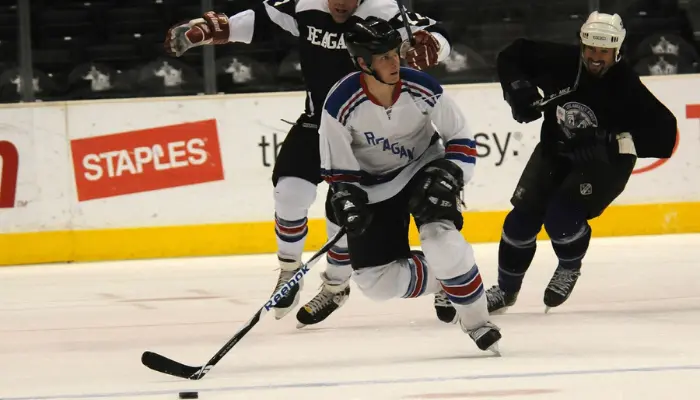
Hybrid Icing
As the name indicate hybrid icing is a combination of both touch and non-touch icing. In this type of icing once the puck is shooted by a team race start between both team players. If the player of the team who hit the puck touches the puck first game will not stop and keep going. But, if the player of the opposing team touches the puck first the game will be stopped and icing will be called.
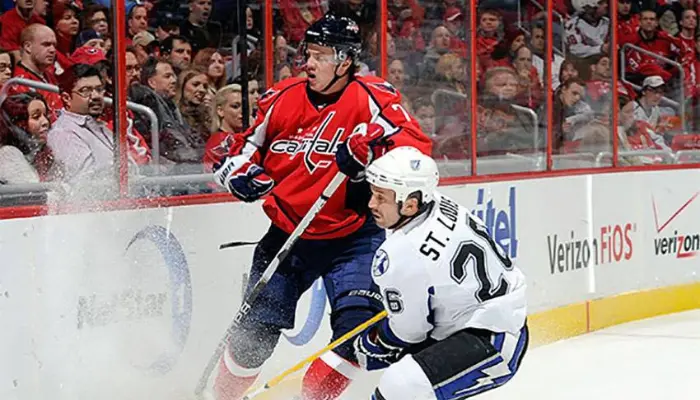
Related Post: Can You Kick the Puck in Hockey?
When did Icing become an official NHL rule?
Right after 2004-2005 NHL refine the icing rule to alert the hockey teams and decrease the icing number in a game. It was found that many teams iced many times even after the icing rule and waste time which increases the game time indirectly. In order to decrease icing numbers NHL decided to amend the icing rule. For this purpose, In 2005-2006 a more strict rule was introduced.

According to that, once the whistle blows no one was allowed to make a line change from the team who ice down the puck. Mostly, the players of that team were tired. On the other side, opposing team their opposing team was allowed to change the line with other players from their own team.
Hence, it becomes tough competition for the iced team. As a result of the line icing rule, players begin to be more conscious to save the puck to ice.
When are you allowed to Ice the Puck?
During certain conditions in an ice hockey game, icing does not call. The following are these conditions:
- If the player is trying to participate in a face-off puck the ice can ice the puck
- If any of the teams are already on a penalty kill
- When touch and hybrid icing conditions combine
- If the puck is touched by the goaltender
- If it is determined that a player of the opposite team touches the puck with crossing the goal line.
- When a goaltender leaves the goal crease and walks toward the direction of the puck.
Related Post: What are the Basic Rules of Hockey?
How is Icing different from offsides?
Icing is almost the same as offsides in an ice hockey game. This type of penalty is a good way to enhance defense and decrease the chances of entry into the offensive zone during the game. Icing rotates around the red line and offside rotates around the blue line. A player should wait back to the blue line for the puck to pass before it enters the offensive zone. This rule helps the player to score easily in front of the net.
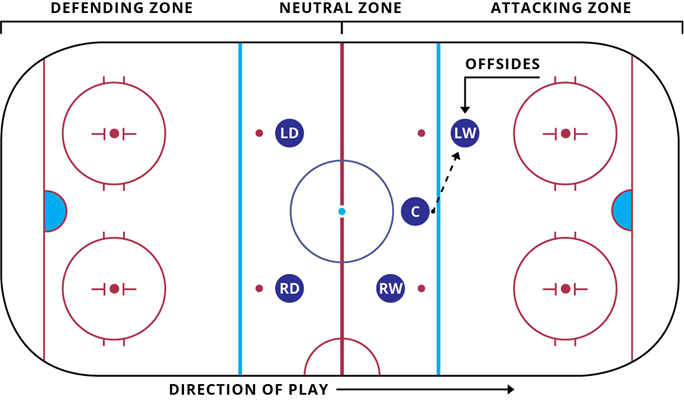
Who calls offside on Icing?
There are various official persons who can call the icing or offside while an NHL game. The officials get a specific orange armband that indicates them as the head of the official team. Generally, there are two persons called lineman record icing and offside.
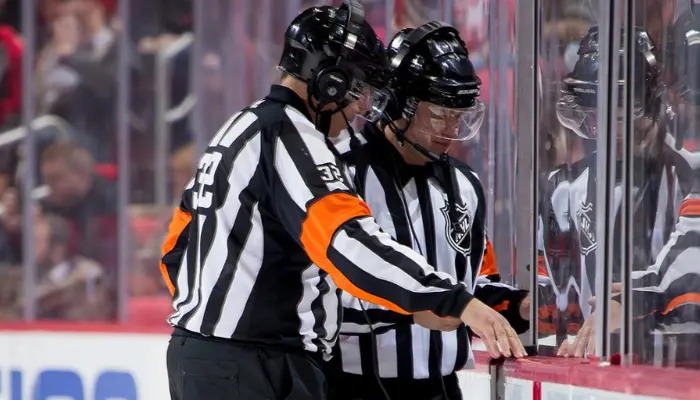
Both linemen get their names when they stand to judge the penalties. One of them stands for the blue line and the other for the red to judge the penalties. When icing calls occur goalies often help the linemen to judge the penalties.
Related Post: How do Line changes work in ice Hockey?
How does a goalie help to indicate the Icing?
A goalie lifts his glove off when the puck passes the goal line. This act indicates that icing or offside may occur. If the player of the team that hit the puck touches the puck first there will be no icing. If the player of the opposing team touches the puck first icing will occur. The goalie drops the glove if the opposing player touches the puck first.
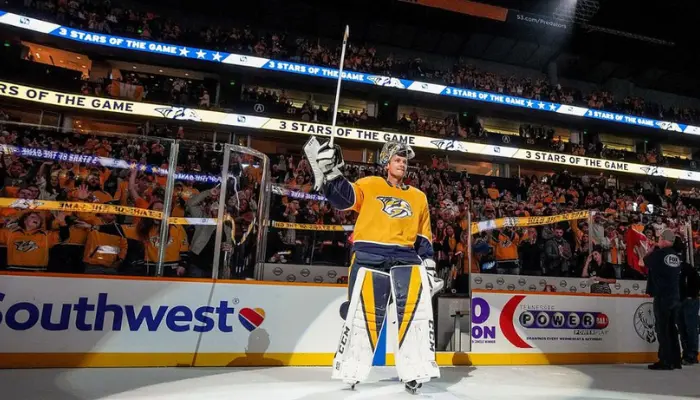
Icing while killing a Penalty
In Ice hockey, a player is allowed to ice the pluck but the game will not stop. The short-handed teams get the power to ice the pluck to end the power play of the opposing team. This help the penalty killers to change the previous players with the other ( fresh) players of their own team. In this way, the game will keep going without further stopping. NHL always focuses to keep the game going without any stops.
How do players learn to ice the puck without Icing?
A game is all about rules and players have to use tricks and strategies according to the given rules. So, whenever a new rule is introduced or any rule change in the existing rule occurs players learn different strategies for the rule.
Similarly, in the icing rule, players left the icing on the puck and learn how to get benefit from this rule. Many players through the puck up in the air or towards the ice. This trick helps them to be clear of their target and ready for the offensive zone as well as to change the line.
Frequently Asked Questions
Can Icing be called on a Power Play in Hockey?
Yes, if a team has more than five skaters it can be called on a power play. A team with less than five skaters is known as short-handed. When a team is not on a power play and does not have more than five skaters it can’t be called on a power play.
Is it Icing when a player chooses not to play the puck?
No, it is not icing if a player refuses to play the puck. This is also not icing if a player of the opposite team touches the puck before crossing the goal line.
Icing work in youth work in Youth Hockey?
Non-touch icing is used most of the time in youth hockey. That means the puck crosses the goal line of the opposing team’s side without touching any player.
How does the referee indicate when icing occurs?
The referee used the whistle to stop the game from blowing the whistle. He straightened his arm up in the air and raise the non-whistle hand. The official person moves and gives the icing signal. In this way referee signals when icing occurs.
Conclusion: What is Icing in Hockey?
As a new hockey fan, you would be wondering what is icing in hockey. Icing in hockey is considered one of the hectic rules of ice hockey. Simply icing occurs when a player hit the puck and it crosses the goal line of the opposing team without touching any player.
Icing occurs if the player of the opposing team touches the puck first. But, if the player of the icing team touches the puck before the opposing team Icing will not be called.


